Search Results
Filters
Advanced Search
209 Results
-
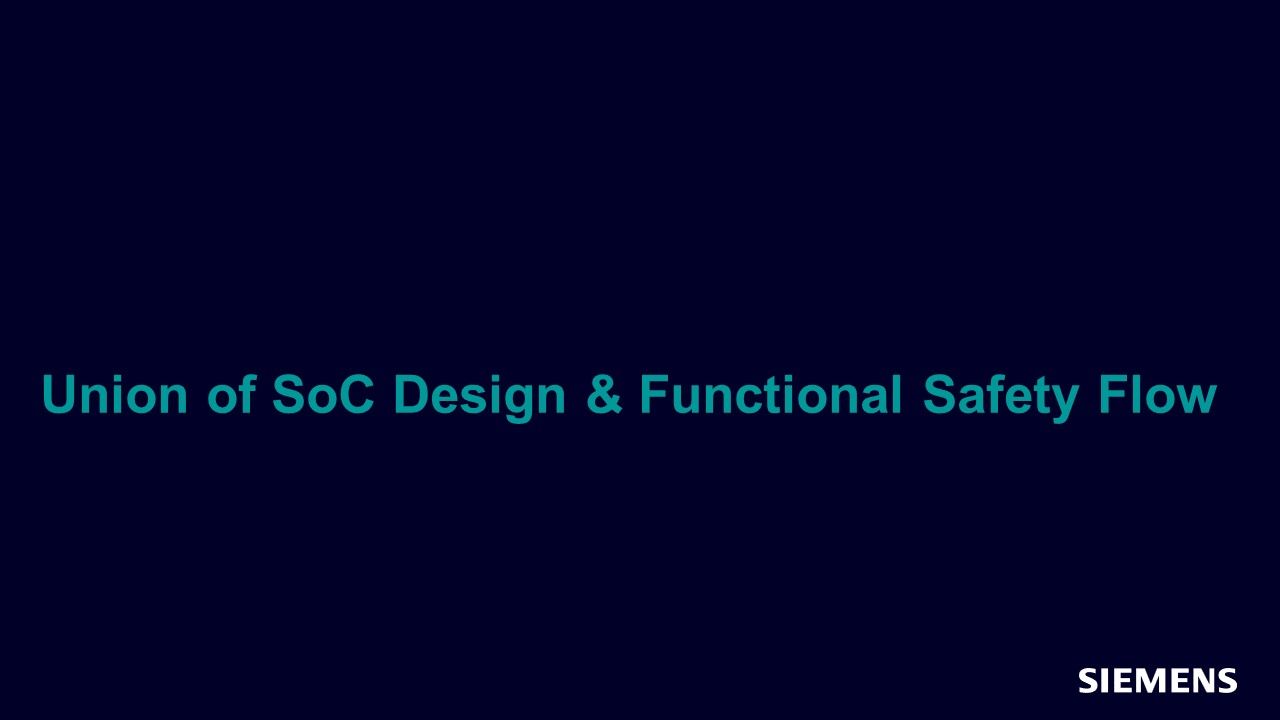
Union of SoC Design & Functional Safety Flow
Webinar - Nov 30, 2022 by Vedant Garg
In this session, you will learn how Siemens’ safety verification tools and unique methodologies are easy to adopt, and how they accelerate each development phase.
-
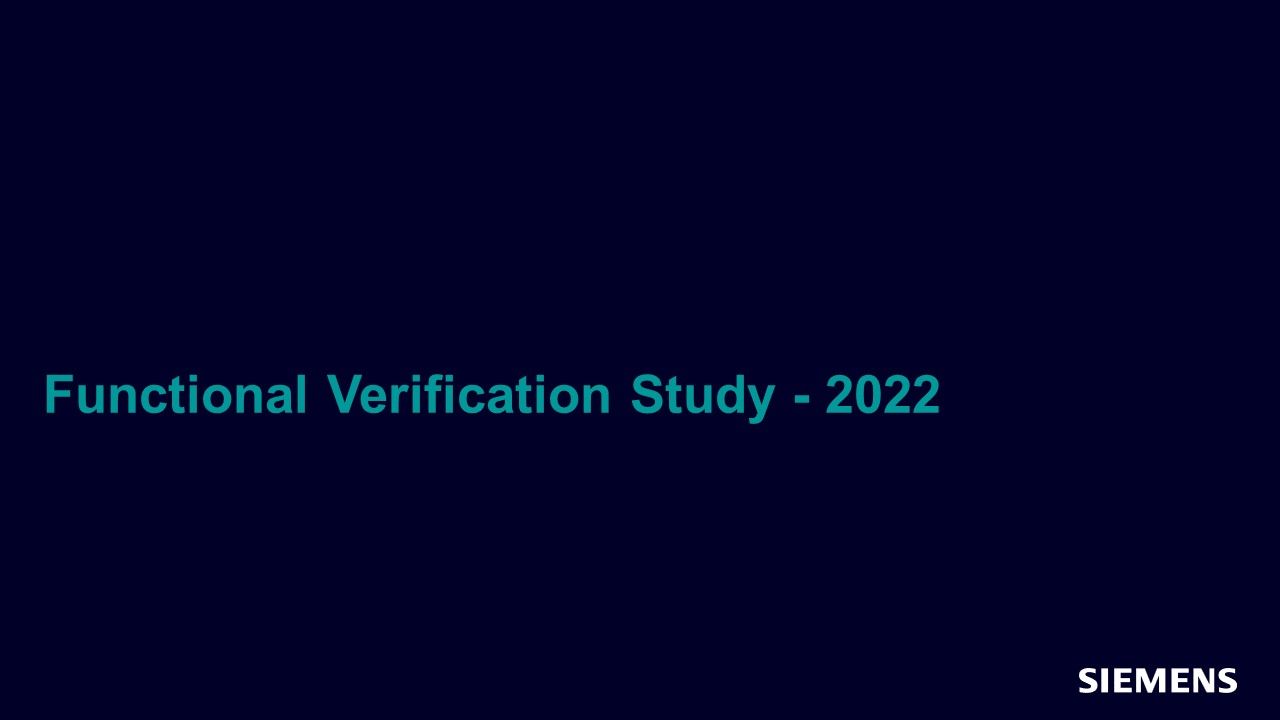
Functional Verification Study - 2022
Webinar - Nov 16, 2022 by Harry Foster
In this session, Harry Foster highlights the key findings from the 2022 Wilson Research Group Functional Verification Study, and provides his interpretation and analysis behind today's emerging trends.
-
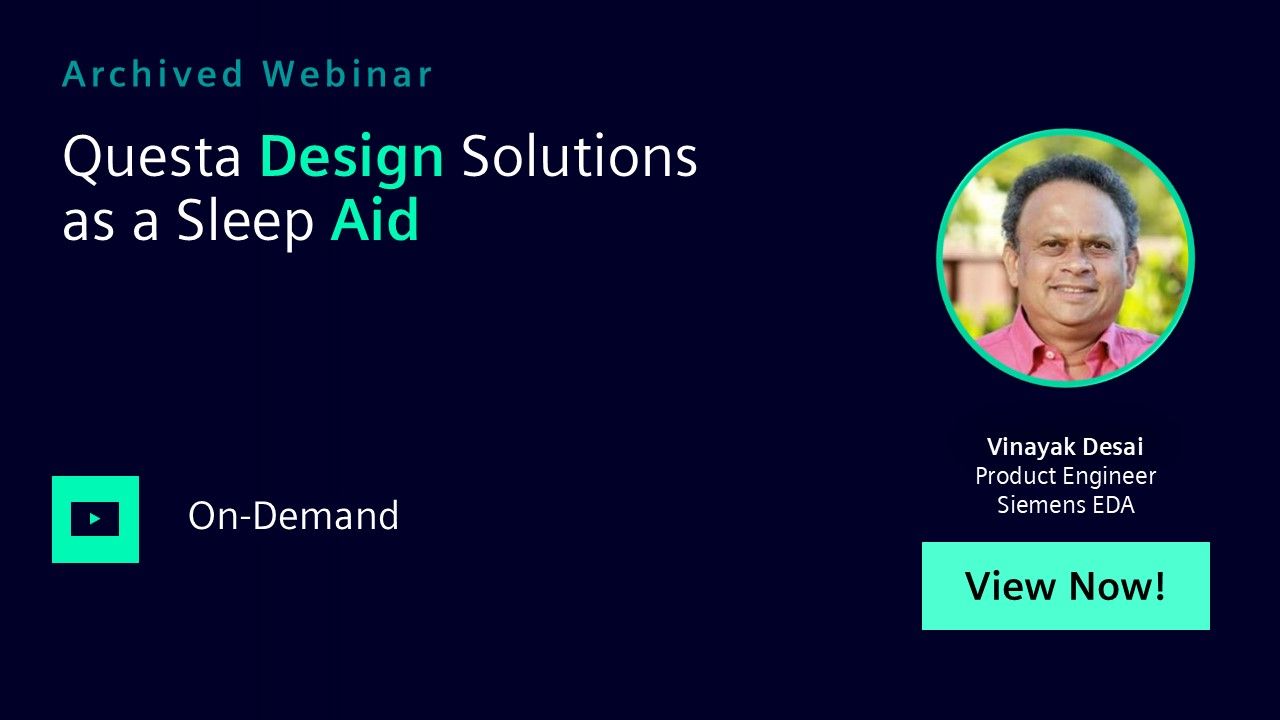
Questa Design Solutions as a Sleep Aid
Webinar - Nov 02, 2022 by Vinayak Desai
In this session, you will gain an understanding about how Questa Design Solutions can help designers improve the quality of initial deliveries which drives more consistent schedule execution, and fewer late nights for the entire team.
-
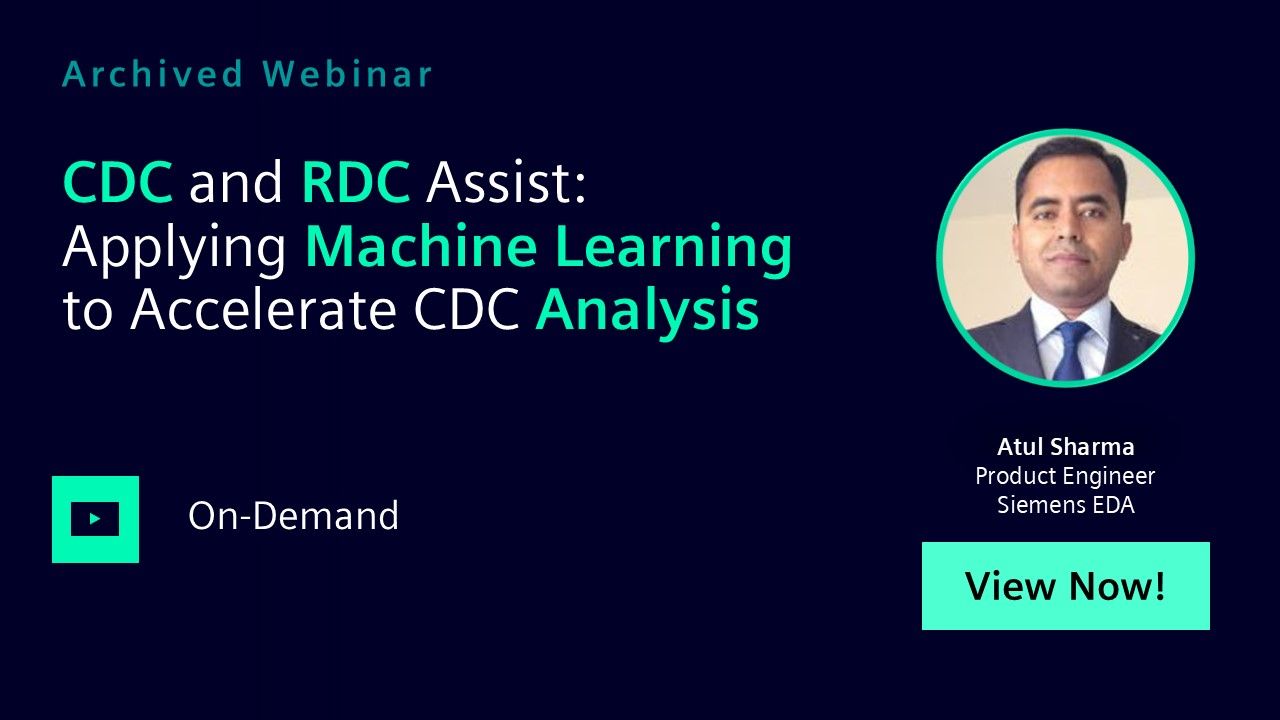
CDC and RDC Assist: Applying Machine Learning to Accelerate CDC Analysis
Webinar - Oct 25, 2022 by Atul Sharma
In this session, you will learn how the CDC and RDC Assist function of Questa CDC and Questa RDC use machine learning to accelerate setup, identification of design structures, and assist with constraint generation to help users achieve signoff more efficiently.
-
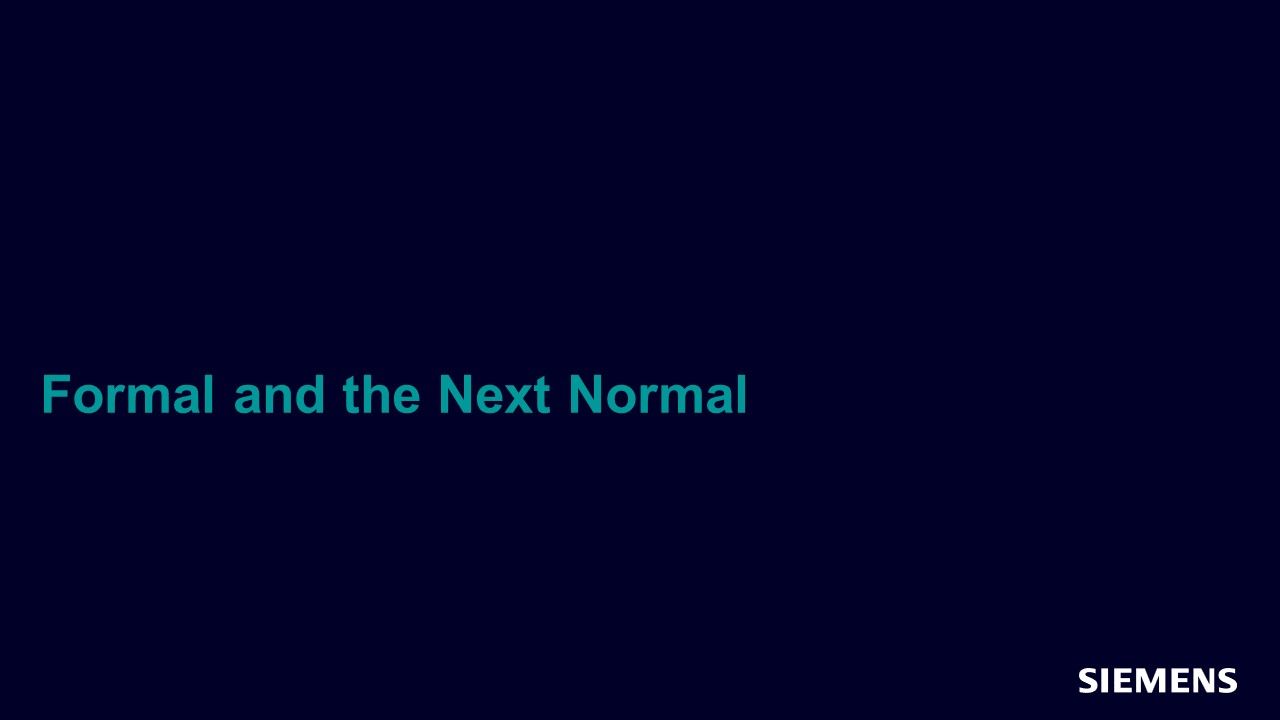
Formal and the Next Normal
Webinar - Oct 19, 2022 by Joe Hupcey
In this session, you will learn why formal verification is the key component to succeed in the era of Next Normal (agile and modular adoption), where first pass silicon success is crucial and ensuring quality across you verification cycle is essential.
-
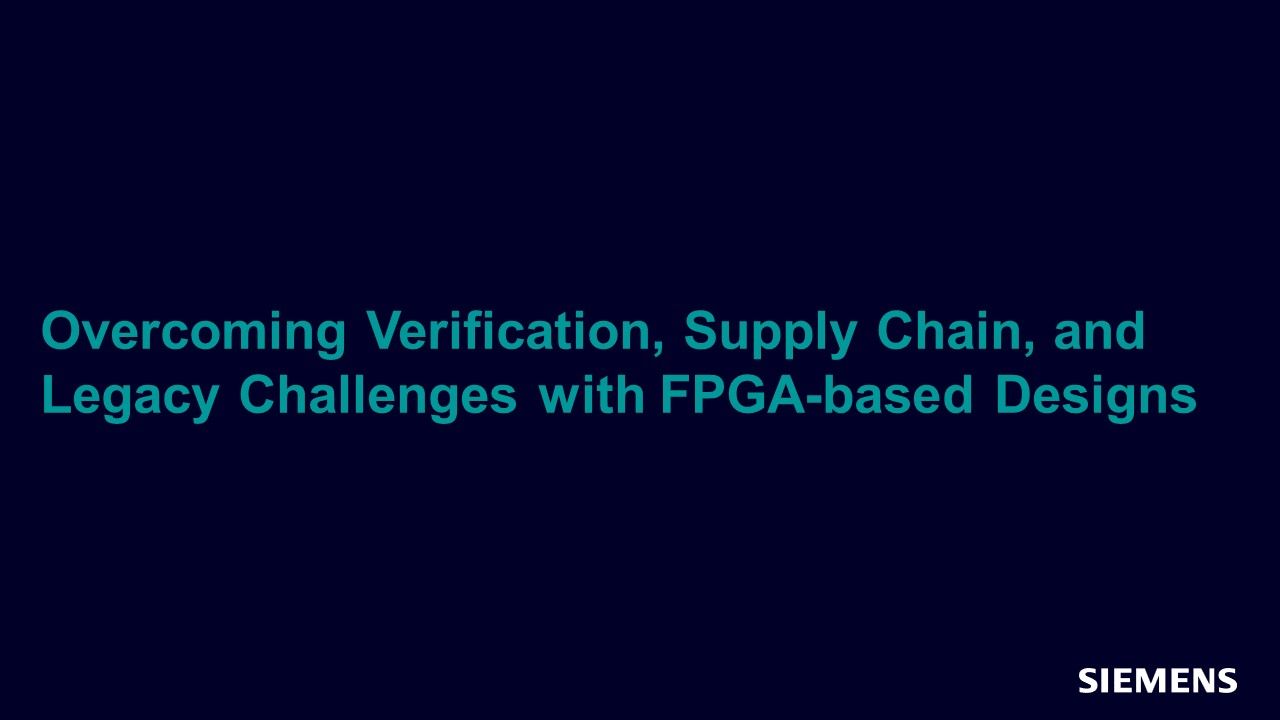
Overcoming Today’s Verification, Supply Chain, and Legacy Technology Challenges Associated with FPGA-based Designs
Webinar - Sep 30, 2022 by Martin Rowe
In this session you will gain an understanding of the core challenges facing designers of FPGA-based devices. Everything from ensuring the functionality to dealing with FPGA supply chain issues to extending the life of legacy designs powered by old or obsolete FPGAs.
-

Questa Lint vs Formal AutoCheck
Webinar - Jun 15, 2022 by Kevin Campbell
In this session, you will gain an understanding of the similarities and differences between Lint and Formal AutoChecking tools, and how they can be used together to increase the quality of RTL deliverables.
-
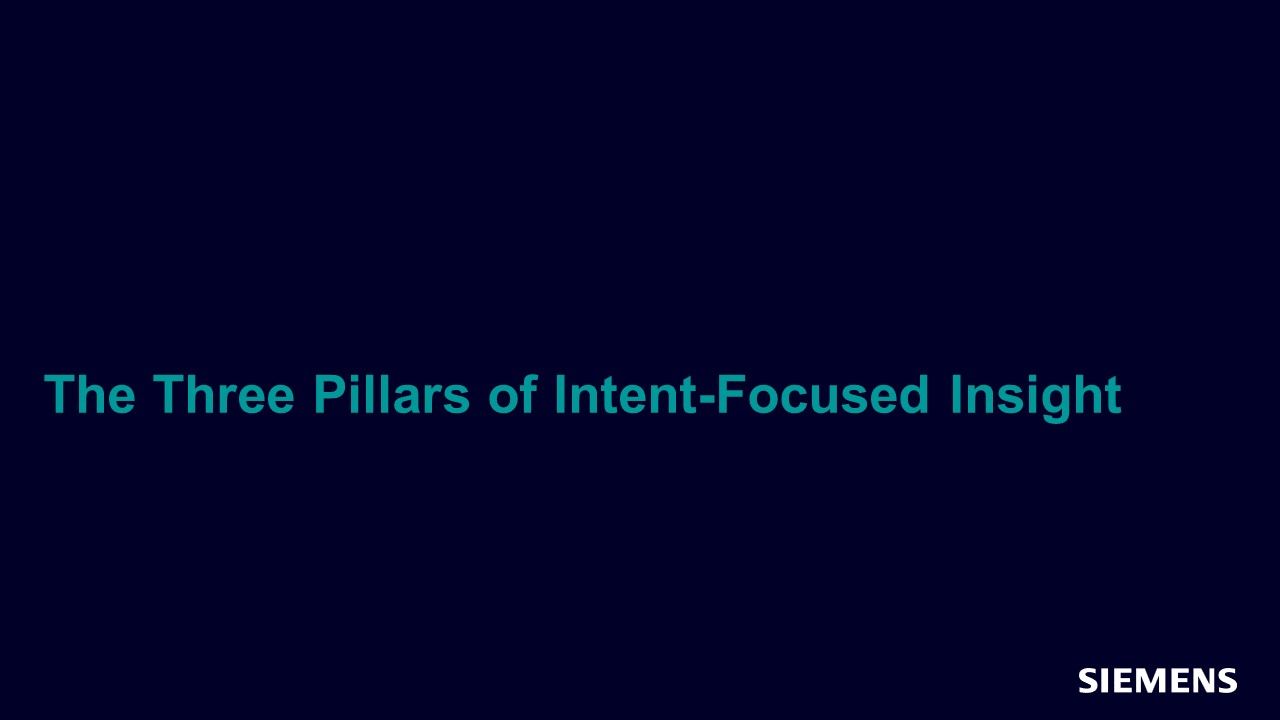
The Three Pillars of Intent-Focused Insight
Webinar - Jun 08, 2022 by Harry Foster
This session reviews the impact of today’s verification crisis, identifies the fundamental problem contributing to this crisis, and then prescribes a solution.
-
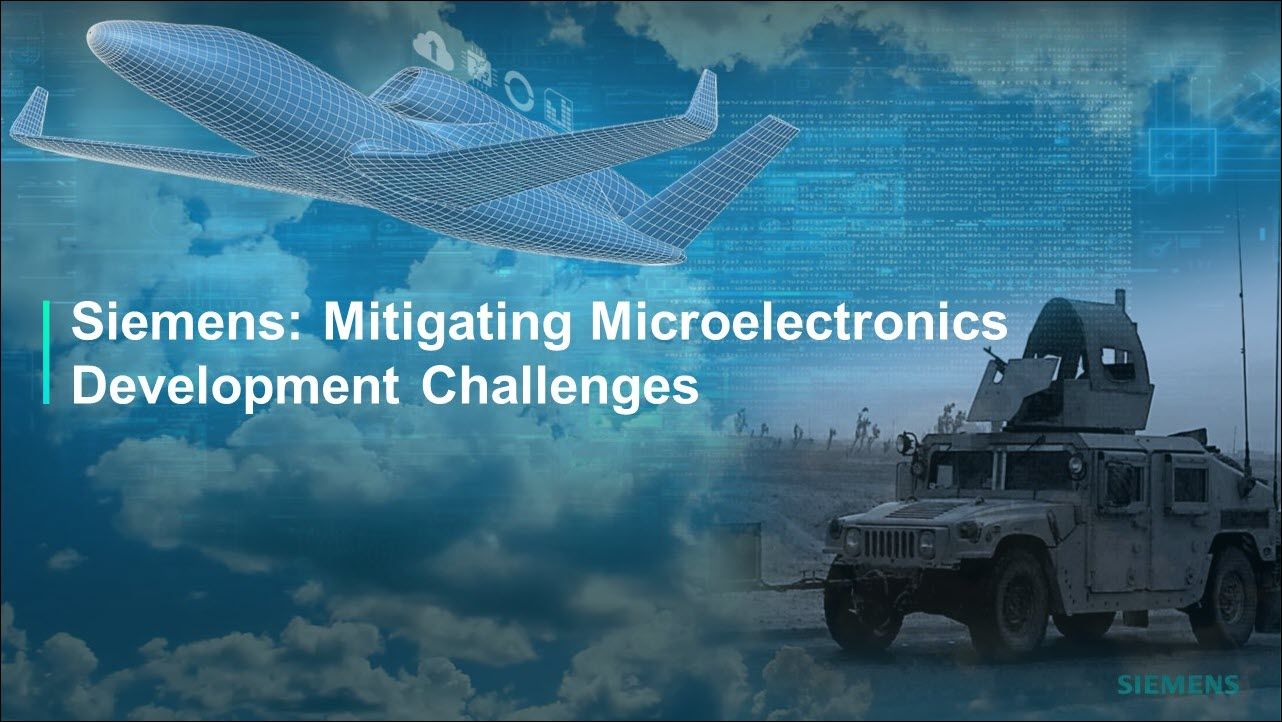
Siemens and the US Government - Mitigating Microelectronics Development Challenges
Webinar - May 10, 2022 by Rich Powlowsky
In this session, you will learn how Siemens is a full solution provider to the fabless design community, including SoCs and Heterogeneous Integration from concept through GDSII sign off, through to the manufactured wafer and product life cycle.
-
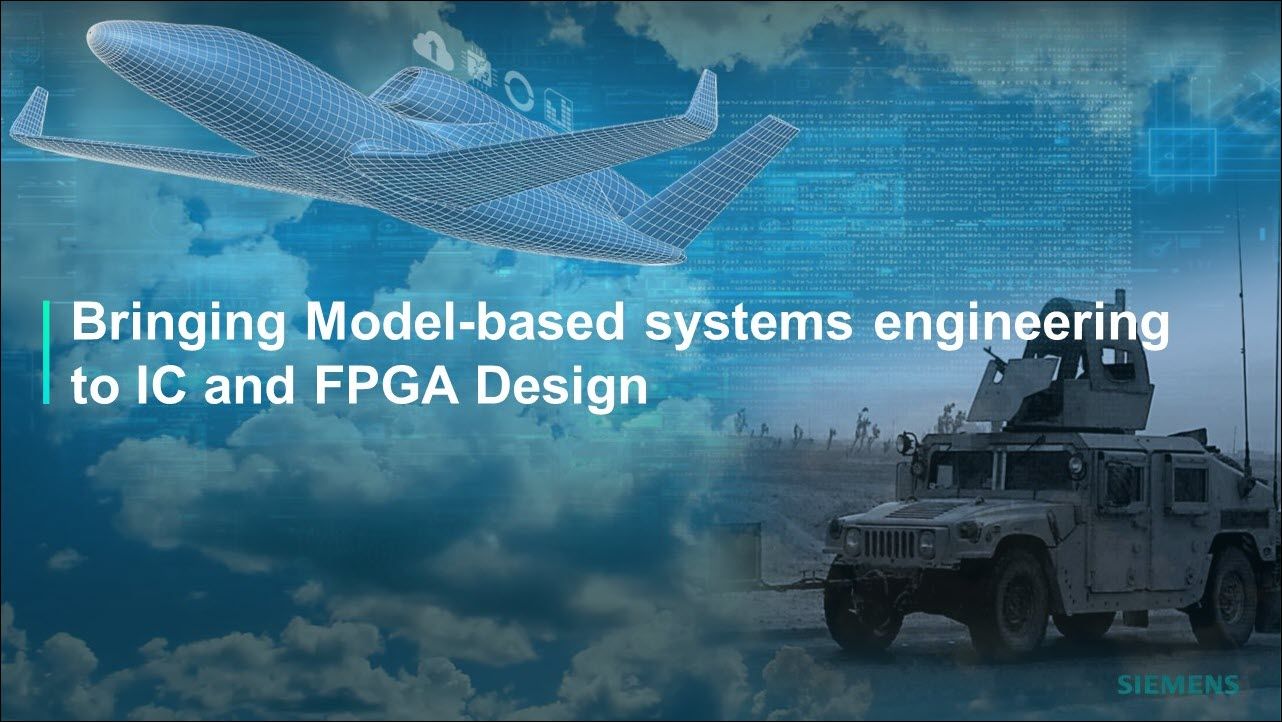
Bringing Model-based Systems Engineering to IC and FPGA Design
Webinar - May 10, 2022 by Ray Salemi
In this session, you will learn how international competition has forced the change, how model-based design will change the way the Defense Industrial Base works with the DoD, and what all this means for IC verification.
-
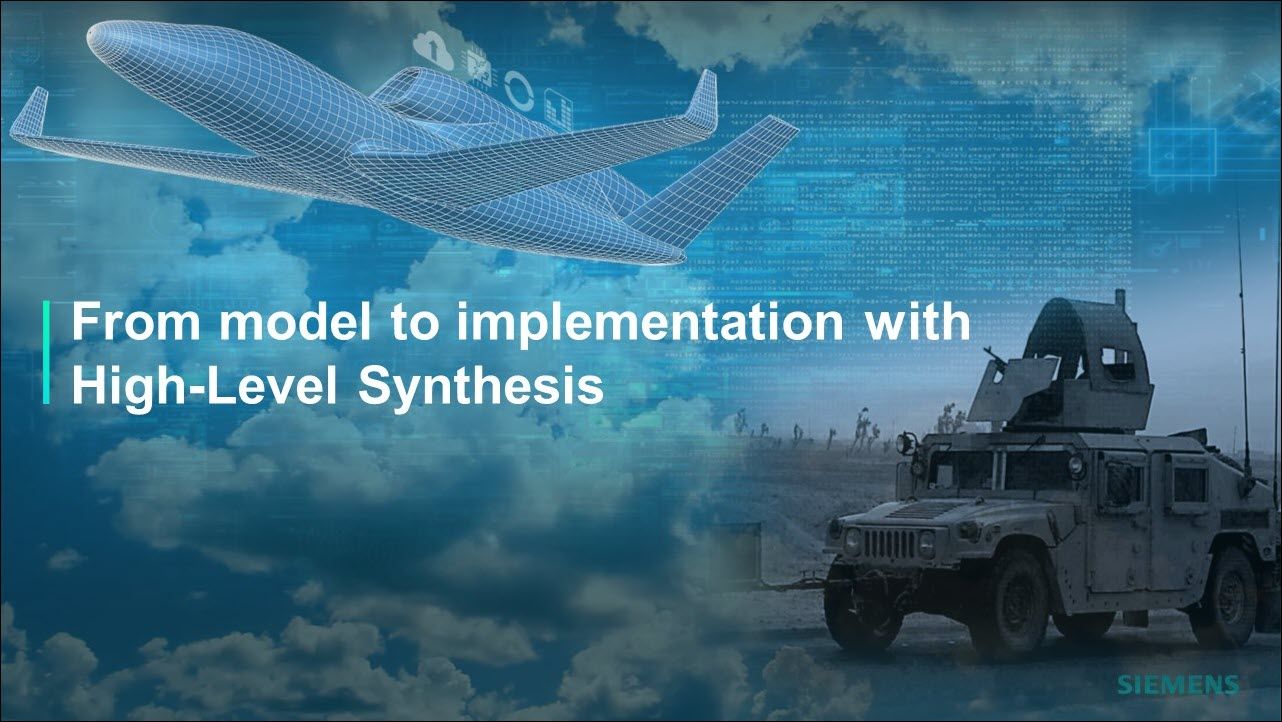
From Model to Implementation with High-Level Synthesis
Webinar - May 10, 2022 by Russell Klein
In this session, you will learn how HLS can enable system verification in an MBSE flow, and how HLS can mitigate supply chain risks.
-
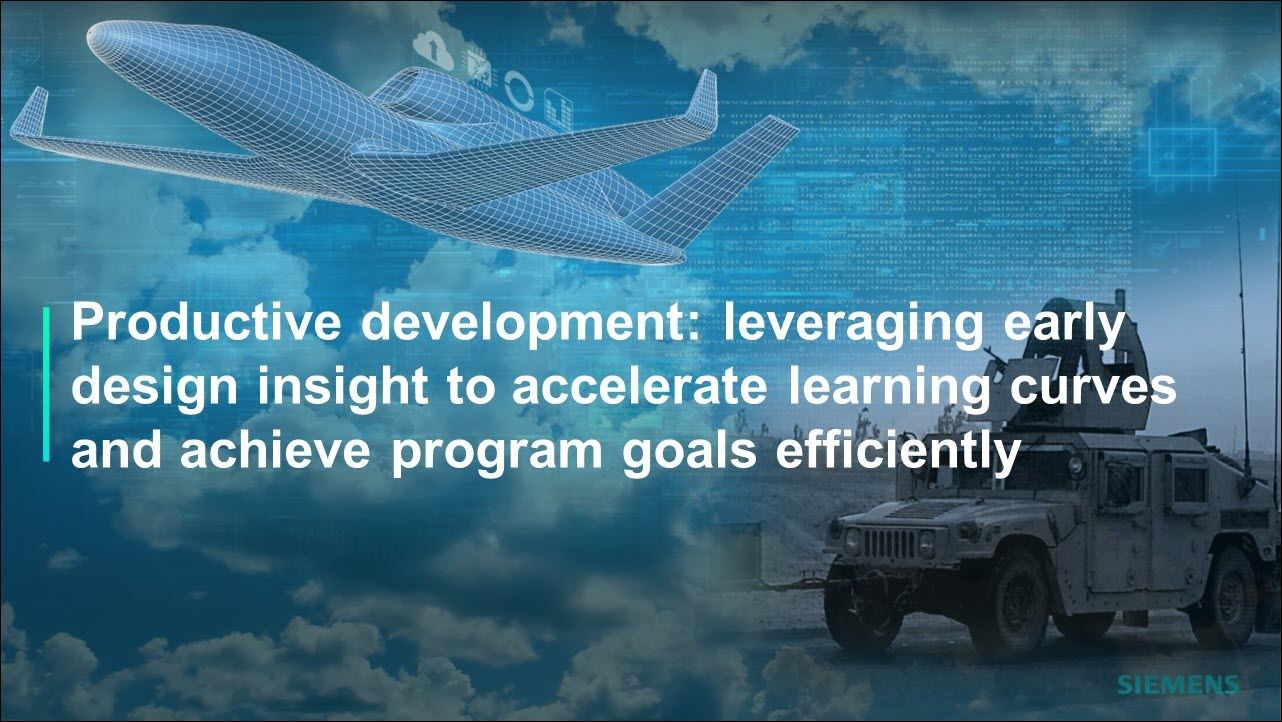
Accelerate Learning Curves and Achieve Program Goals Efficiently
Webinar - May 10, 2022 by Chris Giles
In this session, you will learn how Questa Design Solutions accelerates development learning and improves and instruments development efficiency by providing design quality insight early, then monitoring throughout development.
-
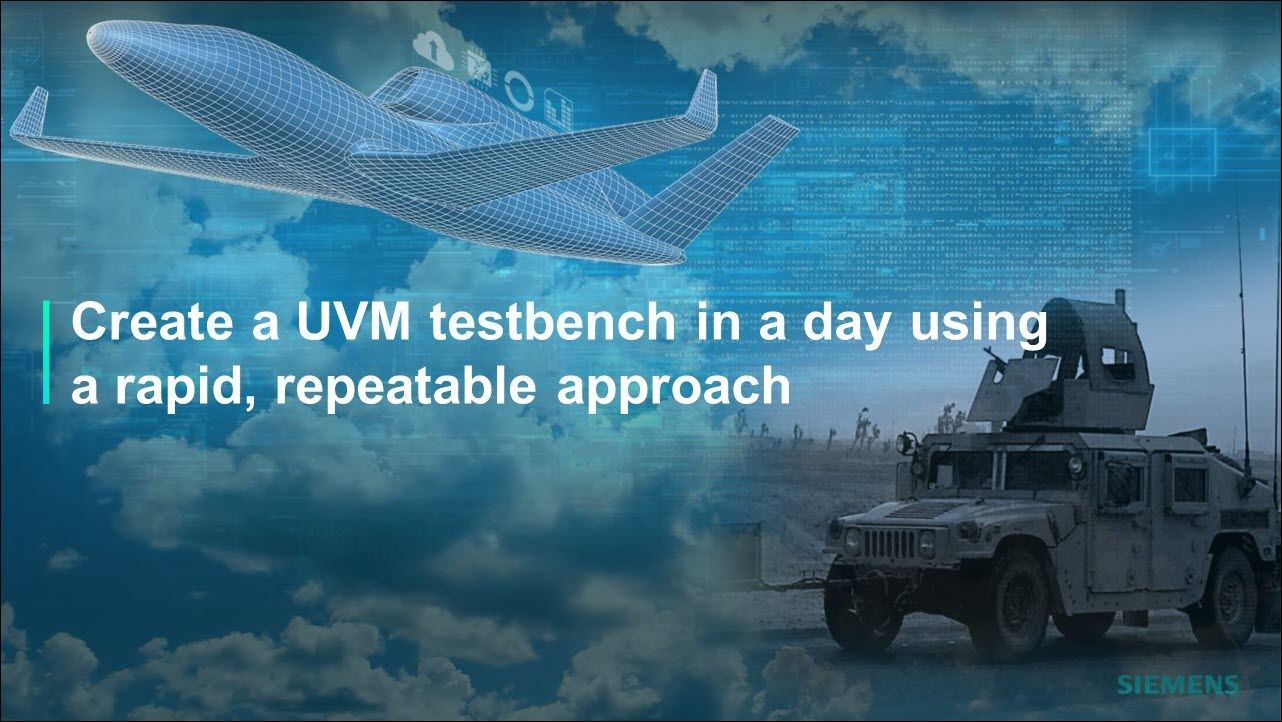
Create a UVM Testbench in a Day Using a Rapid, Repeatable Approach
Webinar - May 10, 2022 by Bob Oden
In this session, you'll learn how the UVM Framework and Questa Verification IP enables testbench creation in a day so the team can focus on creating tests and closing coverage.
-

How Automation Enables any RTL D&V Engineer to Run Exhaustive Formal Verification
Webinar - May 10, 2022 by Joe Hupcey
In this session, you will learn about the unique capabilities in Siemens EDA's formal solutions , then share a case study on how automated formal "unreachability" analysis can accelerate overall verification coverage closure via integration with QuestaSim.
-
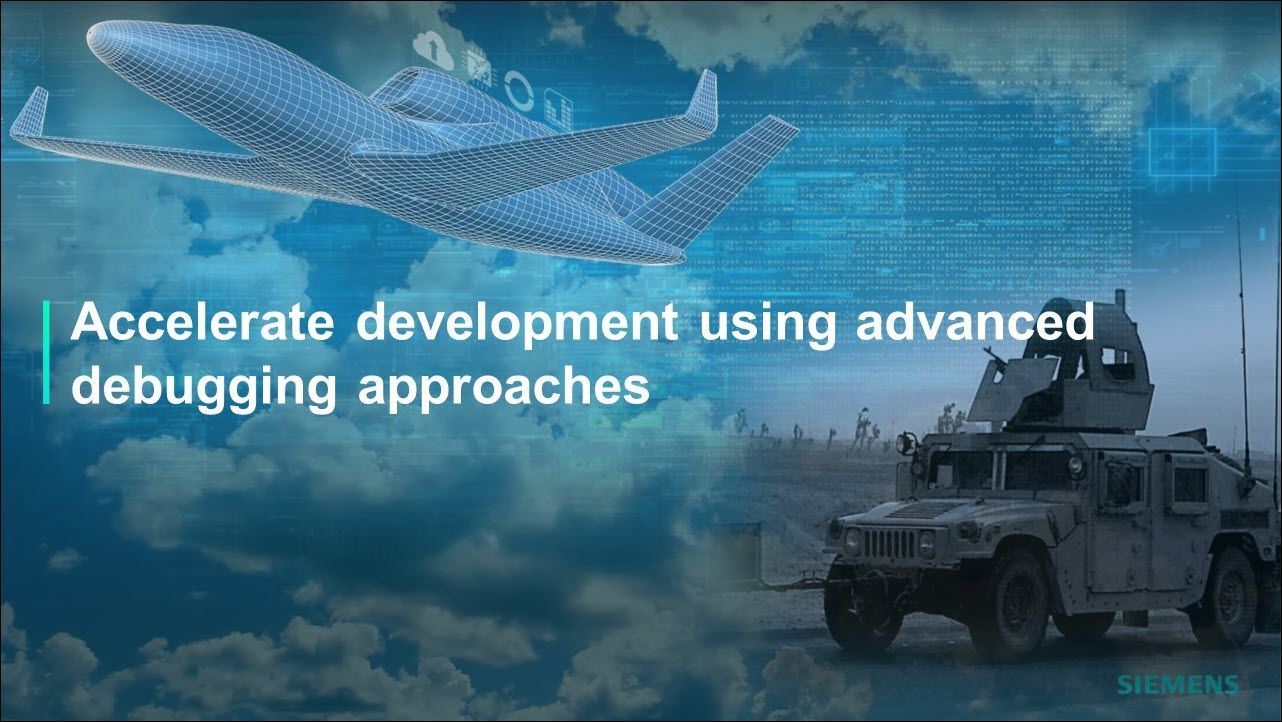
Accelerate Development Using Advanced Debugging Approaches
Webinar - May 10, 2022 by Rich Edelman
In this session, you will learn how Visualizer Debug Environment provides a high-performance, high-capacity, tightly integrated debug environment for Simulation and Emulation.
-
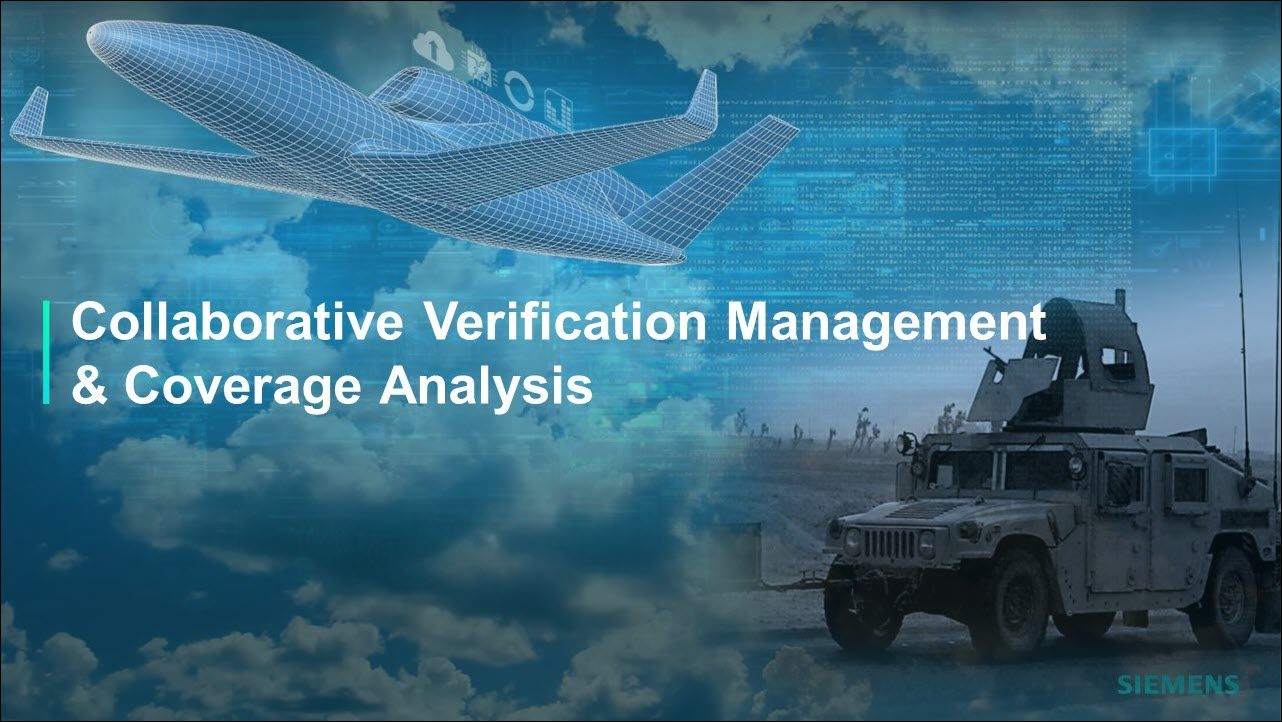
Collaborative Verification Management & Coverage Analysis
Webinar - May 10, 2022 by Darron May
In this session, you will learn of the applications which comprise VIQ, which help manage all verification tasks including test plan creation, coverage analysis, regression management, and metric trending.
-
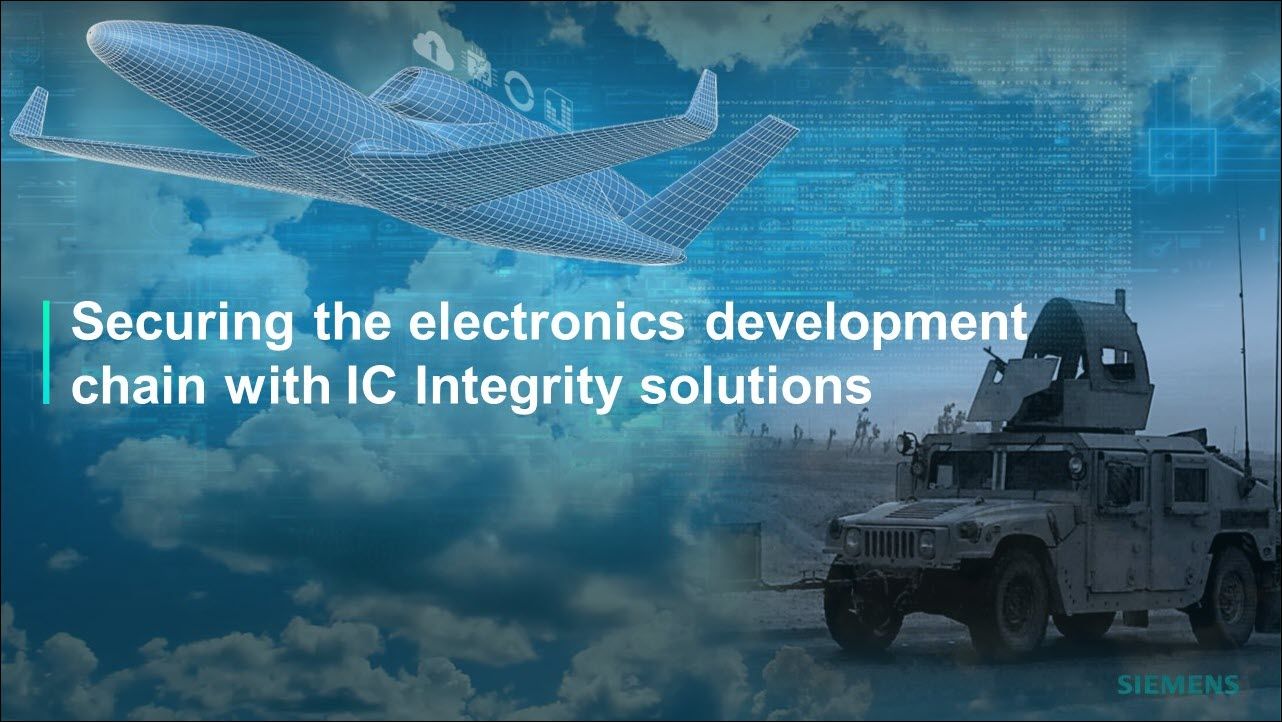
Securing the Electronics Development Chain with IC Integrity Solutions
Webinar - May 10, 2022 by John Hallman
In this session we will introduce apps that provide an automated assessment platform, perform processor verification, and offer completeness checking for this very complex IC integrity challenge.
-
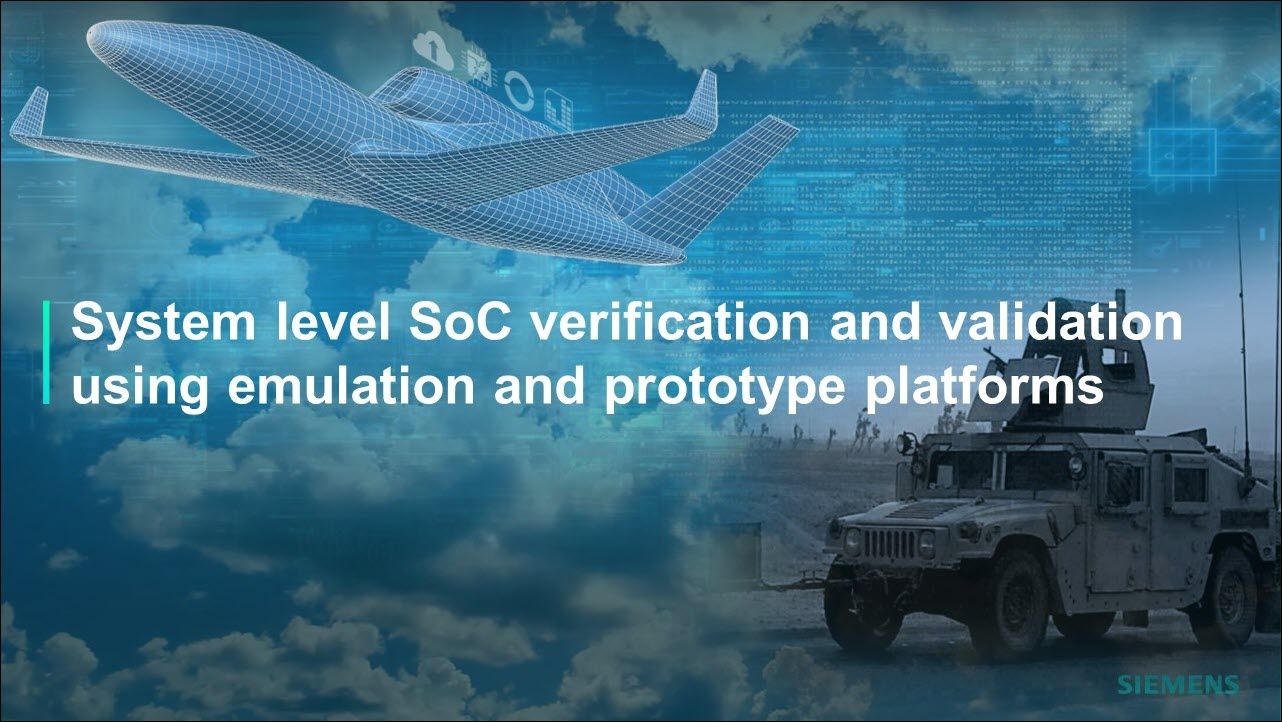
System Level SoC Verification and Validation Using Emulation and Prototype Platforms
Webinar - May 10, 2022 by Vijay Chobisa
This session covers the Veloce Strato+ emulation platform, delivering fast execution speed, full debug visibility, flexible use models, and ease-of-use in models that span the entire range of needs throughout the life of the chip/SoC development process.
-

Trust but Verify Your IP with Solido Crosscheck
Webinar - May 10, 2022 by Felipe Schneider
This session will show Solido Crosscheck as the one-stop-shop solution for IP validation and QA accountability among IP designers and IP integrators.
-
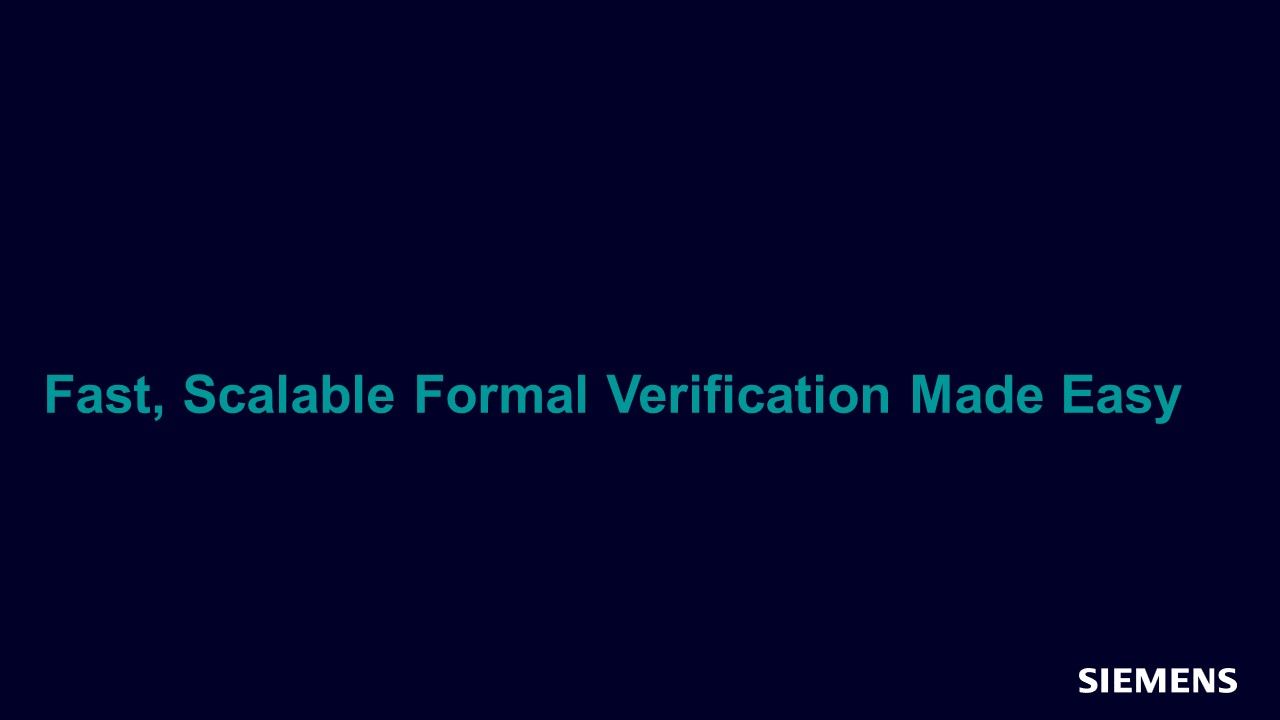
Formal 101: Fast, Scalable Formal Verification Made Easy
Webinar - Mar 17, 2022 by Joe Hupcey
In this session, we will give an overview of how to apply basic abstractions, how to set up & optimize constraints, and where and how to leverage Data Independence & Non-Determinism.
-
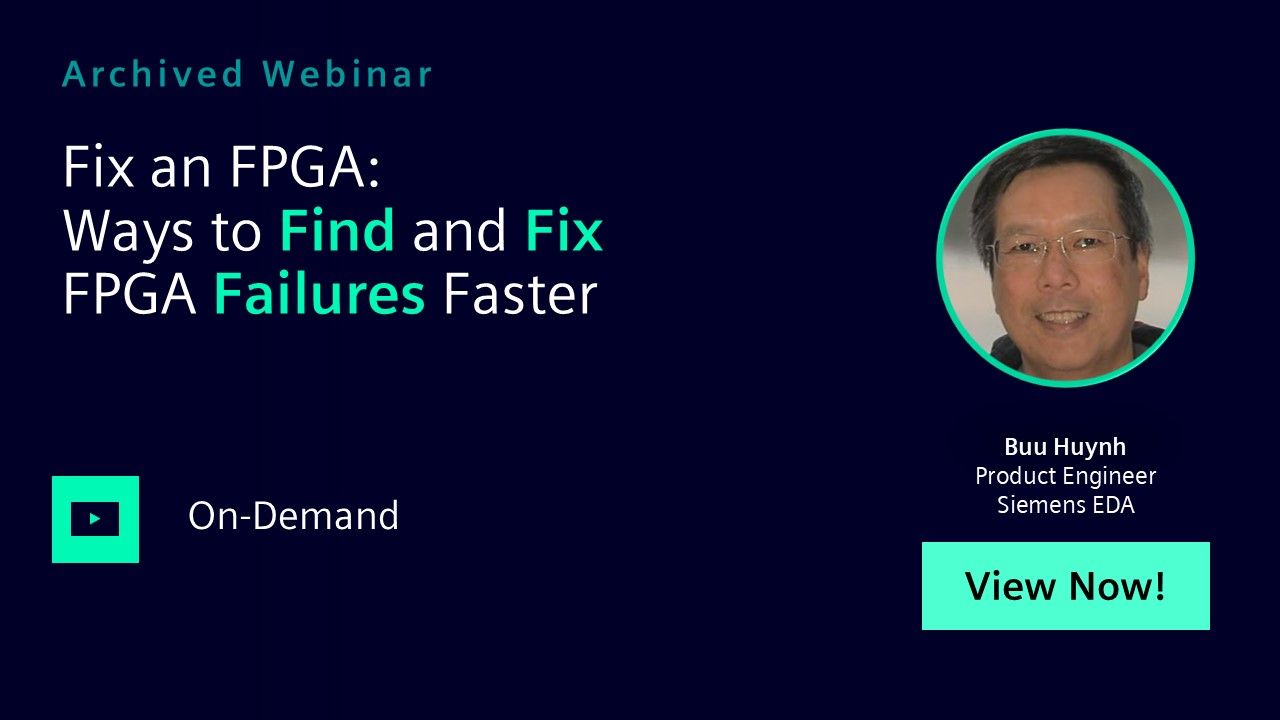
Fix an FPGA: Ways to Find and Fix FPGA Failures Faster
Webinar - Mar 10, 2022 by Buu Huynh
This session will identify how an RTL linting tool embedded within a continuous design checking process during code development and IP block integration can catch bug escapes earlier, while mitigating unforeseen FPGA development and design IP reuse cost.
-
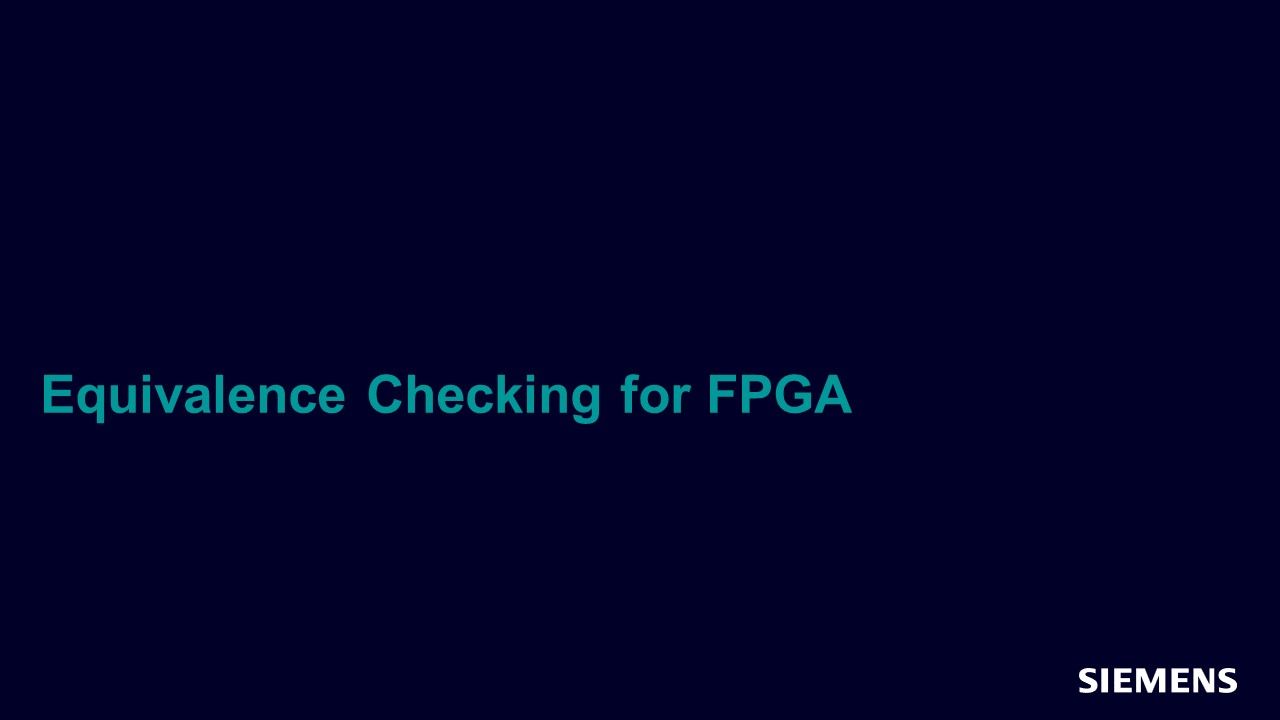
Equivalence Checking for FPGA
Webinar - Feb 25, 2022 by Martin Rowe
In this session, you will learn the need and methodologies to apply Equivalence Checking for FPGAs, plus the advantages and challenges of stepwise netlist verification.
-
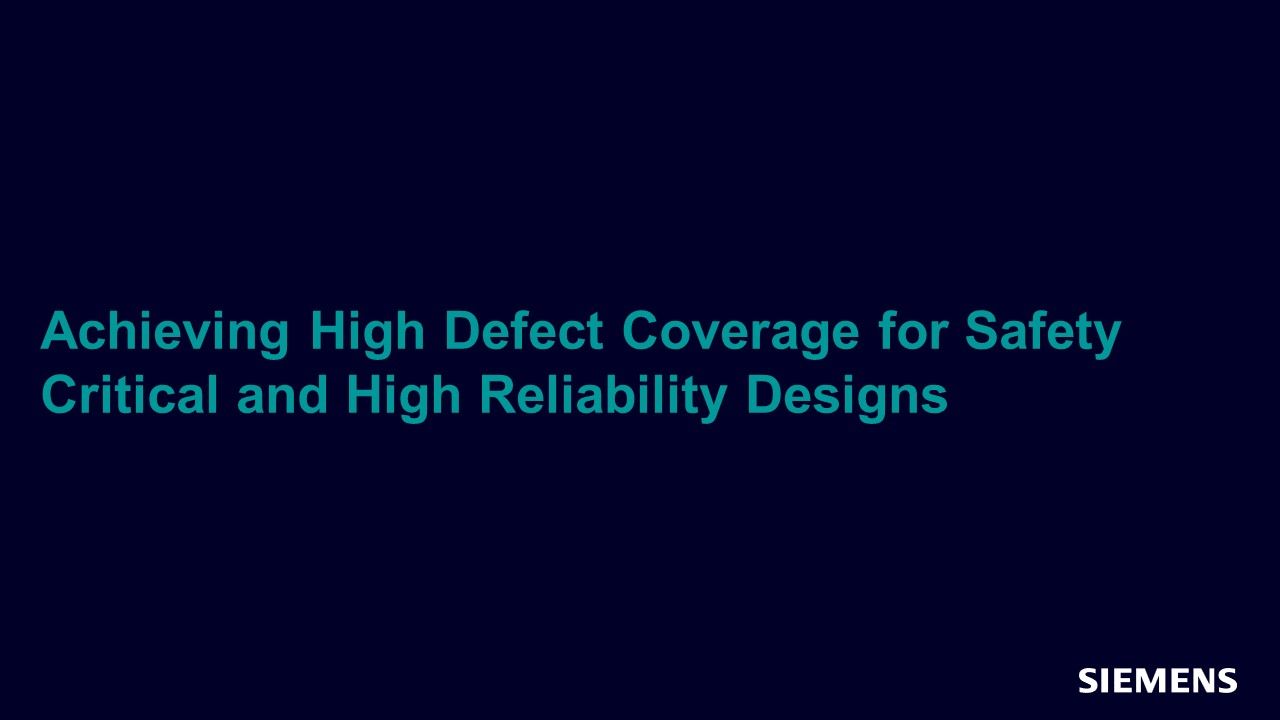
Achieving High Defect Coverage for Safety Critical and High Reliability Designs
Webinar - Feb 22, 2022 by Lee Harrison
In this session you will gain an understanding of how Siemens EDA provides practices, methodologies and integrated tool flows that provides a path to reaching the required manufacturing test quality needed for designs targeted at critically safe and high reliability markets.
-
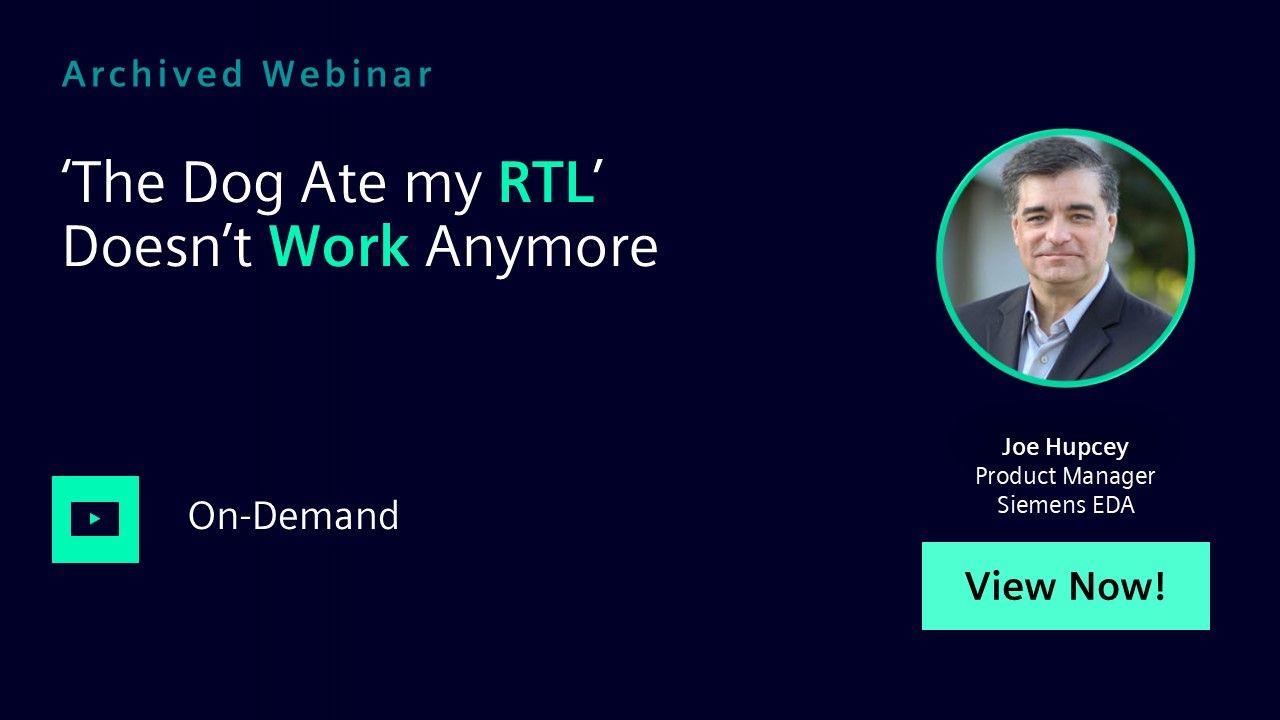
‘The Dog Ate my RTL’ Doesn’t Work Anymore
Webinar - Feb 15, 2022 by Joe Hupcey
In this session, you will learn how to identify ways to remove the lack of a testbench as the cause of lower quality RTL and how to accomplish an improved RTL quality-focused flow.
-

Introduction to Questa Lint and CDC for Designers
Webinar - Jan 25, 2022 by Mathew Yee
In this session, you will learn why code quality matters regardless of whether you are coding an ASIC, FPGA or IP block, what metastability is and how it will affect silicon bring-up and how addressing these points during the design process is critical to achieving tight schedules with limited resources.